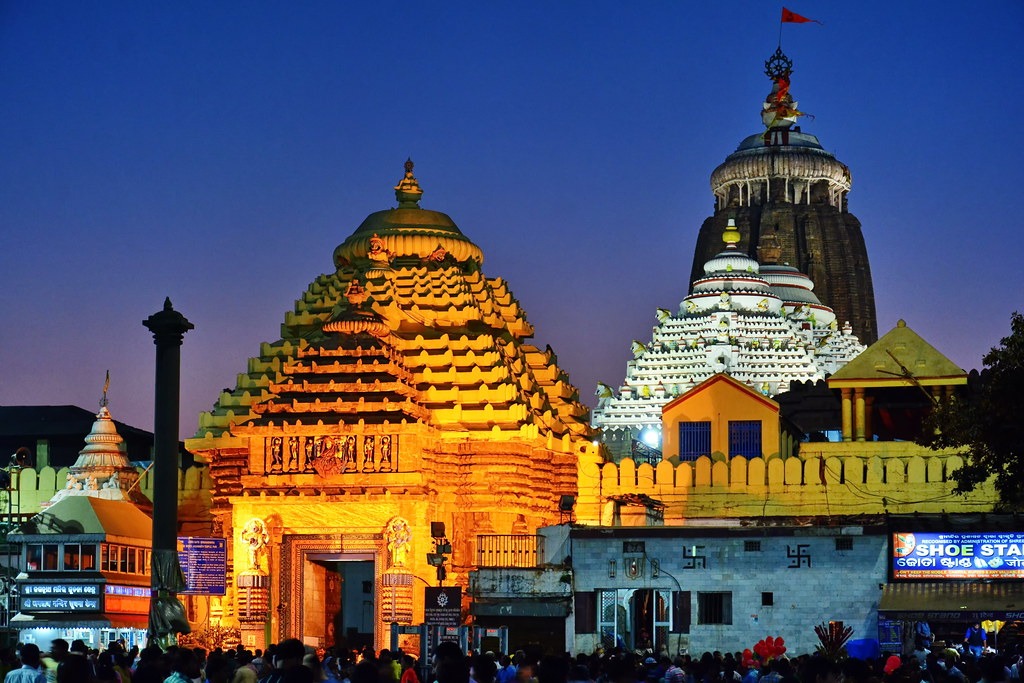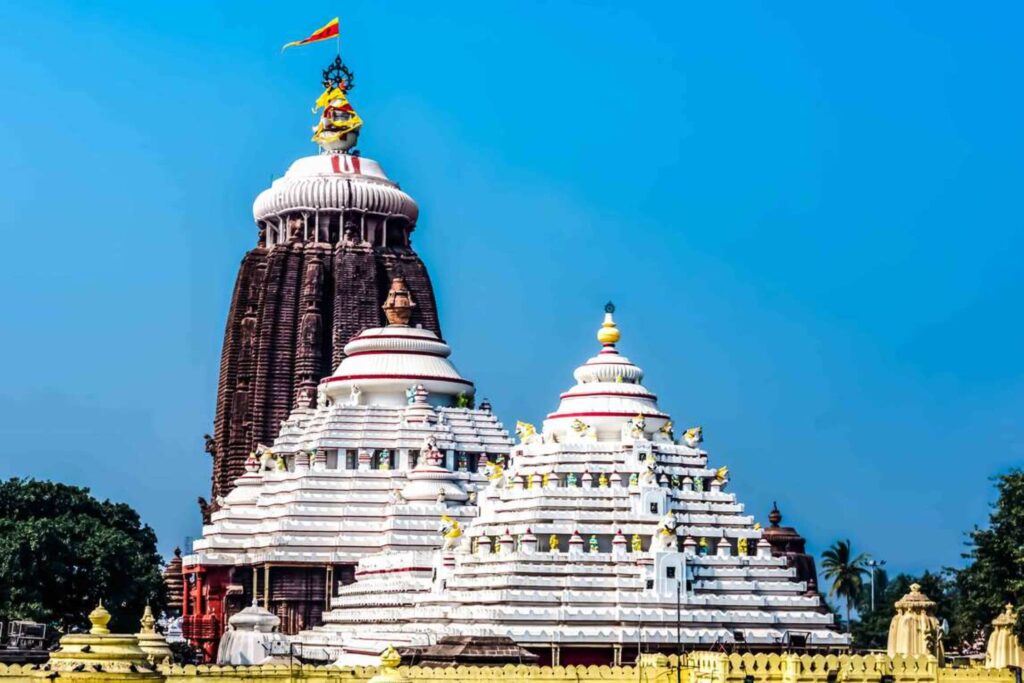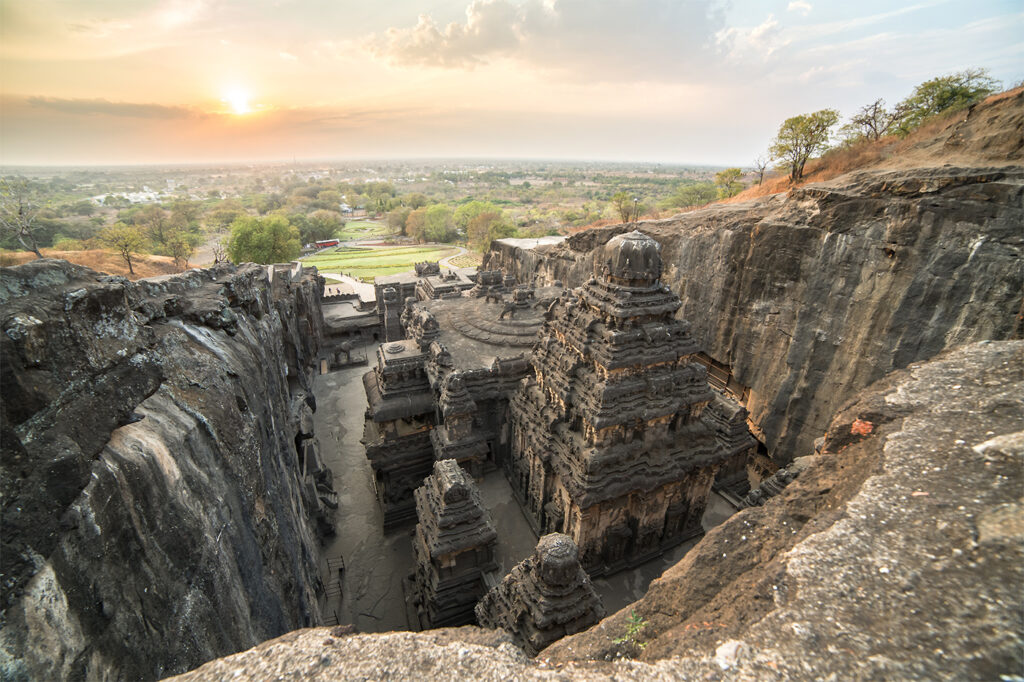
Shree Jagannath Temple: A Sacred Abode of Divinity in Puri, India
Shree Jagannath Temple, situated in the coastal town of Puri in the state of Odisha, India, is one of the most revered and ancient pilgrimage sites in the country. Known as one of the Char Dham pilgrimage sites for Hindus, this temple is dedicated to Lord Jagannath, an incarnation of Lord Vishnu. The temple’s spiritual significance, unique rituals, and awe-inspiring architecture make it a symbol of India’s rich cultural heritage.
The Origin and History of Shree Jagannath Temple
The history of Shree Jagannath Temple dates back to the 12th century when it was built by King Anantavarman Chodaganga Deva of the Eastern Ganga Dynasty. According to legends, the deity of Lord Jagannath has been worshipped since time immemorial, with references found in ancient scriptures like the Skanda Purana, Brahma Purana, and Rigveda.
The temple’s construction marked a significant architectural and spiritual achievement, blending local craftsmanship with religious devotion. Over centuries, it became a center of pilgrimage, drawing devotees from across India and the world.
Architectural Marvel of the Temple
The Shree Jagannath Temple stands as a monumental example of Kalinga architecture. Built in the Rekha Deula style, the temple complex is surrounded by a fortified wall known as “Meghanada Pacheri,” adding to its grandeur. The complex includes four distinct structures:
- Vimana (Sanctum Sanctorum): This houses the main deities – Lord Jagannath, his elder brother Balabhadra, and sister Subhadra, along with the Sudarshana Chakra. The sanctum’s towering spire dominates the skyline of Puri.
- Jagamohana (Assembly Hall): This hall serves as a gathering space for devotees.
- Nata Mandapa (Dance Hall): Historically used for religious dances and performances.
- Bhoga Mandapa (Offering Hall): A space dedicated to preparing and offering food to the deities.
The temple’s exterior is adorned with intricate carvings, depicting various deities, mythical creatures, and floral motifs. The 214-foot-high spire is crowned with a flag that is changed every day, a practice steeped in mystery and tradition.
The Deities and Their Unique Features
The primary deities of the temple – Lord Jagannath, Lord Balabhadra, and Devi Subhadra – are made of neem wood and are replaced every 12 to 19 years during a ritual called Nabakalebara. Unlike traditional idols, these deities have distinct features, including large circular eyes and a lack of defined hands and feet, symbolizing universality and inclusiveness.
Rituals and Festivals

The rituals at Shree Jagannath Temple are deeply rooted in tradition and are conducted daily, monthly, and annually. These include:
- Mangal Aarati: The day begins with this auspicious morning prayer.
- Bhoga: Offerings of food, including the famous “Mahaprasad,” are made multiple times a day.
- Pahuda: The deities are ceremonially put to rest every night.
The temple’s calendar is filled with grand celebrations, but the most significant is the Rath Yatra (Chariot Festival). Held annually in June or July, the festival involves the deities being placed on massive, elaborately decorated chariots and pulled through the streets of Puri. This event draws millions of devotees from around the world, offering a chance to witness the deities outside the sanctum.
Mahaprasad: The Divine Offering
One of the unique aspects of the temple is the “Mahaprasad,” a sacred food offering cooked in the temple kitchen, reputed to be one of the largest in the world. The food is prepared using traditional methods in earthen pots and offered to Lord Jagannath before being distributed to devotees. The Mahaprasad signifies unity, as people from all walks of life partake in the meal without discrimination.
Mysteries and Legends of Shree Jagannath Temple
The Shree Jagannath Temple is surrounded by numerous mysteries that intrigue visitors and devotees alike:
- Defiance of Physics: The temple flag, atop the spire, always flutters in the direction opposite to the wind.
- No Shadow: The temple’s main spire casts no shadow at any time of the day.
- Sound of the Sea: When standing at the Singhadwara (main entrance), the sound of ocean waves is inaudible, but it becomes clearly audible once inside.
- The Sudarshana Chakra: The chakra atop the temple appears to face you no matter where you stand in Puri.
- Food Conservation: Despite varying numbers of visitors daily, the Mahaprasad never falls short or goes to waste.
These phenomena have baffled scientists and devotees, further enhancing the temple’s mystical aura.
Cultural Significance

Shree Jagannath Temple is not just a place of worship but also a cultural hub. Its traditions have influenced Odisha’s art, literature, and dance forms, particularly Odissi dance. The temple’s Rath Yatra is replicated in many parts of India and abroad, symbolizing Lord Jagannath’s universal appeal.
Accessibility and Visitor Information
Puri is well-connected by road, rail, and air, making it accessible to pilgrims and tourists. The nearest airport is in Bhubaneswar, about 60 kilometers away. Visitors are advised to respect the temple’s customs and dress code. Non-Hindus are not permitted inside the temple but can view it from the Raghunandan Library, which offers a panoramic view.
Preservation Efforts
Recognizing its historical and spiritual importance, efforts are ongoing to preserve and maintain the temple. The Archaeological Survey of India (ASI) regularly undertakes restoration work, ensuring that this iconic structure withstands the test of time.
Shree Jagannath Temple in Puri is not merely a temple; it is a living testament to India’s spiritual depth and cultural richness. Its unique traditions, awe-inspiring architecture, and the mysteries surrounding it make it a must-visit destination for anyone seeking a deeper understanding of India’s heritage. For Hindus, the temple serves as a divine bridge connecting the mortal world to the eternal.
As you step into the sacred premises of this magnificent temple, you are not just a visitor but a part of a timeless journey that has been ongoing for centuries. The chants, the aroma of incense, and the sight of the towering spire instill a sense of peace and devotion, leaving an indelible mark on the soul.





Responses